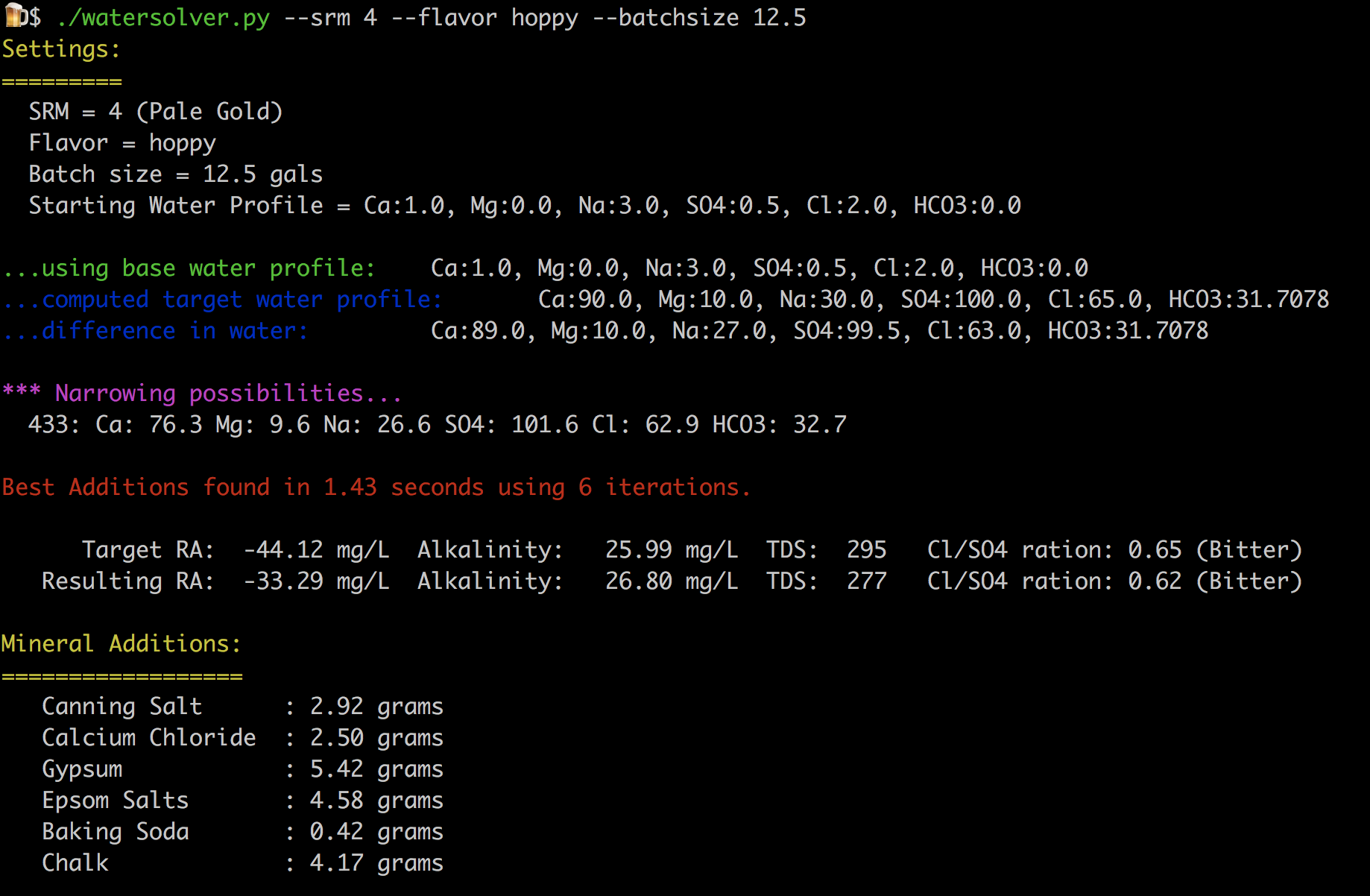It is time to try this one again. A guy with a lot more skill than I have did a presentation on this beer:
https://prezi.com/5d9dit6bdgvh/breaking-the-bud-code/
He said he'd do it once a month and enter the final result in a contest, but that was a year ago with no follow up. I've tried to reach him without success. I want to steal as many of his ideas as I can, but I have at least four problems: First, he says he degassed a sample of the brew and determined it had a FG of something like 1.0065! Two, he debates between mashing at 148 and 150F. Three he debates between neutral and hoppy water profiles. Four, his final grain bill gives an SRM of less than 3, when one of the givens from the brewer is an SRM of 5.0.
This FG and temp imply a very dry beer, and I do not think of this being dry at all. I also can't imagine ever getting as low as that with my setup. And I think the water calls for a NEIPA setup.
He has convinced me to bring my wheat percentage back up, and to use CTZ elsewhere, not just in the 60 minute boil. Here is the beginning of my next recipe. Right now, it stops at the end of the boil, but I plan to add whirlpool and dry hop stages as well. The issue for those is budget as much as anything else. I plan to throw in a LOT of hops.
Here is where I am at now:
7 lbs 11.9 oz Pale Malt (2 Row) US (2.0 SRM) Grain 1 85.6 %
1 lbs 2.4 oz Wheat, Flaked (1.6 SRM) Grain 2 12.7 %
2.5 oz Caramel/Crystal Malt - 60L (60.0 SRM) Grain 3 1.7 %
0.24 oz Columbus/Tomahawk/Zeus (CTZ) [15.50 %] - Boil 60.0 min Hop 4 15.9 IBUs
0.36 oz Mosaic (HBC 369) [12.25 %] - Boil 20.0 min Hop 5 13.3 IBUs
0.24 oz Columbus/Tomahawk/Zeus (CTZ) [15.50 %] - Boil 20.0 min Hop 6 11.3 IBUs
0.24 oz Simcoe [13.00 %] - Boil 20.0 min Hop 7 9.5 IBUs
1.5 pkg San Diego Super Yeast (White Labs #WLP090) Yeast 8 -
Gravity, Alcohol Content and Color
Est Original Gravity: 1.061 SG
Est Final Gravity: 1.010 SG
Estimated Alcohol by Vol: 6.7 %
Bitterness: 50.0 IBUs
Est Color: 5.0 SRM
Any thoughts?










